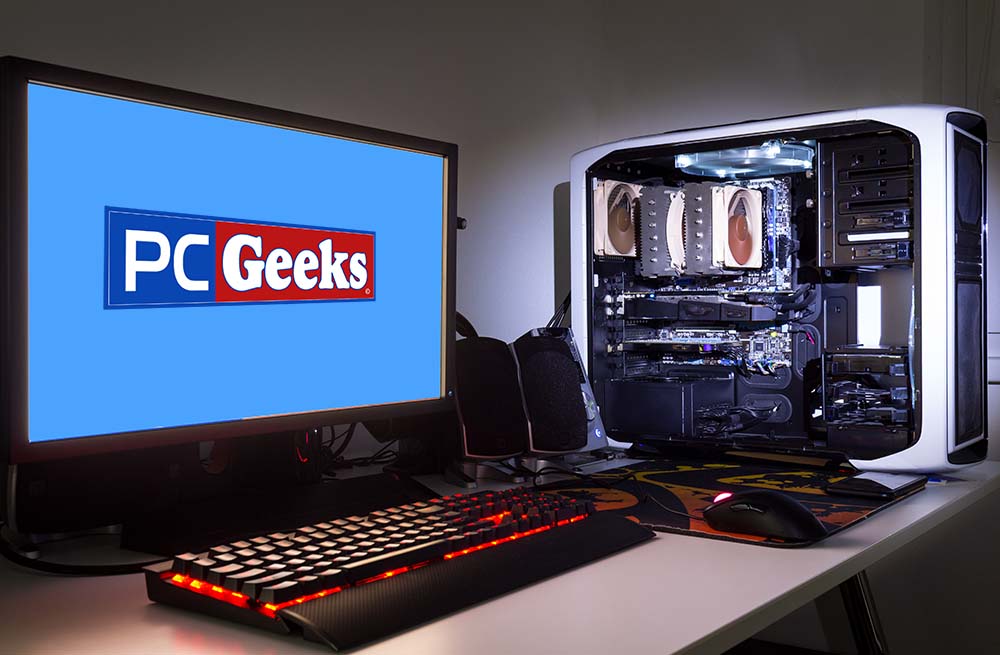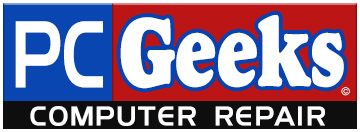7 Essential Tips for Building Your First PC
Although assembling a desktop PC from scratch is easier than ever before, thanks to increasingly standardized and simplified interfaces, there are still some essential factors that first-time builders tend to overlook. While building your first PC presents a great opportunity to learn more about hardware and operating systems, you’ll need to plan carefully and make certain not to forget these important PC building tips.

Don’t Skimp on the Power Supply
Hardly the most “glamorous” component, the power supply (PSU) is one of the most important, but many first-time builders make the mistake of buying a cheap, unbranded one. A bad PSU can damage your computer by leaving it vulnerable to power surges and system crashes due to components requiring more power than the PSU can handle. Always prioritize quality over price when buying any PSU.
Use the Right Amount of Thermal Paste
Thermal paste is an essential component that must be applied between the heat sink and processor in order to dissipate heat properly. However, many first-time builders use either too much or too little. Unless a thermal pad has already been applied to the heat sink, as it usually is with retail-packaged processors, use an amount about the size of a cooked grain of rice spread evenly over the surface of the CPU.
Don’t Forget about Cable Management
Poor cable management means reduced airflow, more dust and hotter components, as well as an increased risk of fans getting snagged on the cables. To make cable management much easier, consider buying a higher-end case and a modular power supply that allows you to remove cables that you don’t need. Always take cable management into account during every stage of the assembly process.
Throw Away the Driver Disks
When you unpack all of your components, you’ll likely have several CDs or DVDs filled with device drivers and software. You can safely discard these discs, since the drivers and software on them will undoubtedly be out of date. Instead, download all of the latest drivers and utilities directly from the manufacturers’ websites. You should always run the newest versions of all of your drivers and other software.
Get the Right Tools
A small Phillips screwdriver should be all you need for assembling a desktop computer, but it can be handy to have a whole set at your disposal. For best results, use a magnetic screwdriver, and be sure not to tighten any screws too much. Many people also recommend that you use an anti-static wristband, although this should not be necessary if you are working on a suitable surface such as a desk or table.
Plan Your Build Order
Plan your build order carefully so that you don’t have a problem with cables and other components halfway through the process. Although the optimal build order may vary depending on the layout of your case, you’ll usually be best off installing the processor and memory in the motherboard before installing the motherboard in the case. Graphics cards and other add-in cards are usually best installed last.
Monitor Temperature Levels
Even if you don’t intend to overclock any of the components in your computer, you will still need to make sure that temperature levels are within safe limits. Excessively high temperatures can point to improperly applied thermal paste, inadequate cooling or disconnected fans. You can check the CPU and motherboard temperatures in the BIOS/UEFI setup utility. 50°C should be the maximum for a CPU on full load.
For more tips and ideas for building your first PC, call us at PC Geeks today!
